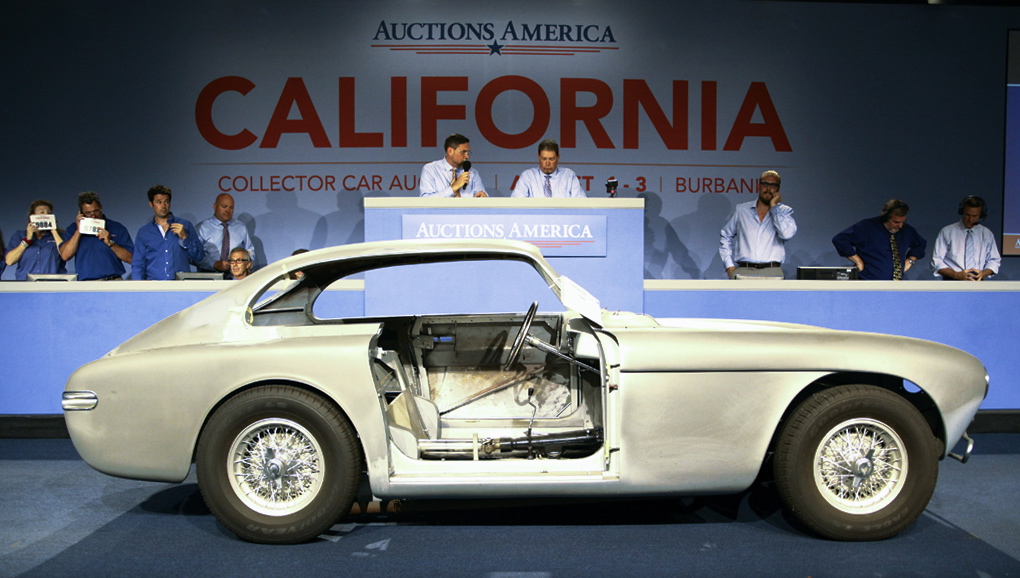
$5,775 for a very stock-looking 1976 AMC Pacer. $6,325 for a 1995 Hyundai Elantra that once-upon-a-time raced up Pikes Peak. $57,750 for the 1967 Boothill Express, a hot-rodder’s vision for someone’s last ride — and rites. $77,000 for a big beverage can on wheels, the 1970 I-coulda-had-a-V-8 vehicle commissioned by Campbell soup and built by George Barris. And $407,000 for a 1952 Cunningham C-3 coupe (see photo) and the parts needed for its eventual restoration.
Those reportedly were among some of the 64 or so vehicles pulled out of storage at the Petersen Automotive Museum and sold at Auction America’s California auction in Burbank.
The Cunningham coupe was among the top-5 sales at the auction, where 313 of the 389 cars were sold, along with 13 motorcycles and a bunch of memorabilia, all totaling $17.27 million.
Why would a museum sell a rare Cunningham? Most likely because of how much money and time would be required to restore it into any sort of showpiece condition. Besides, that $407,000 represents a nice chunk of the money the museum needs to proceed with its plans to update and modernize its displays. Details of those plans are promised during car week this month at Monterey. (For background, see our earlier article at http://classiccars.com/articles/le_july2013c.aspx.)
The top-dollar sale at the auction was $825,000 for a 1964 Shelby Cobra, one of the few that left Shelby America with an automatic transmission. A 1957 Mercedes-Benz 300SL roadster formerly owned by actor Robert Stack (see photo) brought $808,500, a 1971 Ferrari 365 GTB/4 Daytona went for $401,250 and a 1974 Ferrari 246 Dino GTS sold for $291,500.
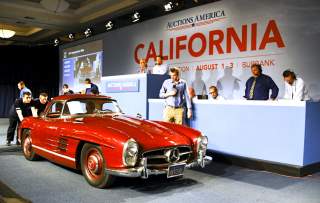
Overall, 313 of 389 cars sold — for a combined $16.8 million — as did 12 of 13 motorcycles.
“This auction proves that with the right vehicles and the right team, Southern California can host a lucrative and successful collector car auction,” said Auctions America executive Ian Kelleher. “The location in Burbank was central to most Los Angeles residents and the fact that we were just a few blocks fro several major movie studios while cars with serious Hollywood history rolled over the block helped, but many of the top cars sold were simply outstanding cars that were highly sought-after.”
Speaking of Hollywood, a 1946 Indian Chief motorcycle formerly owned by Steve McQueen sold for $143,750 and three cars built for the 2000 “How the Grinch Stole Christmas” movie each went for around $35,000.
And if you’re still fretting about the Petersen selling some of its cars, calm down. For one thing, it’s supposed to be a museum, not a storage facility. For another, I had a long conversation last week with a long-time classic car collector, auctioneer and museum director who has brokered a bunch of such sales — and many purchases as well — for various museums, including some of the most respected institutions in the country. He said car museums often sell cars and buy others, but they try to do it quietly so as not to have an undo impact on transaction prices.



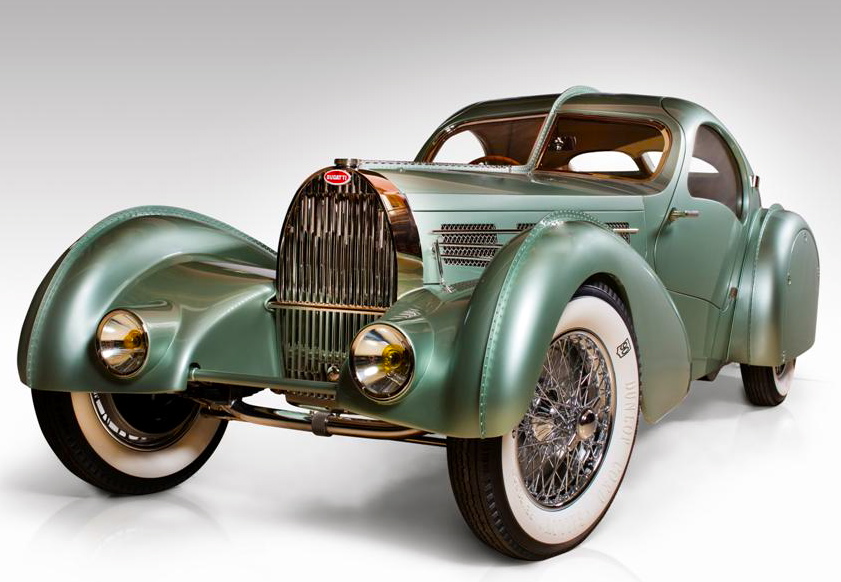
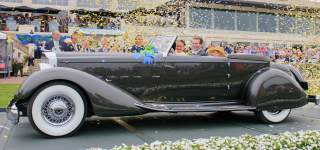





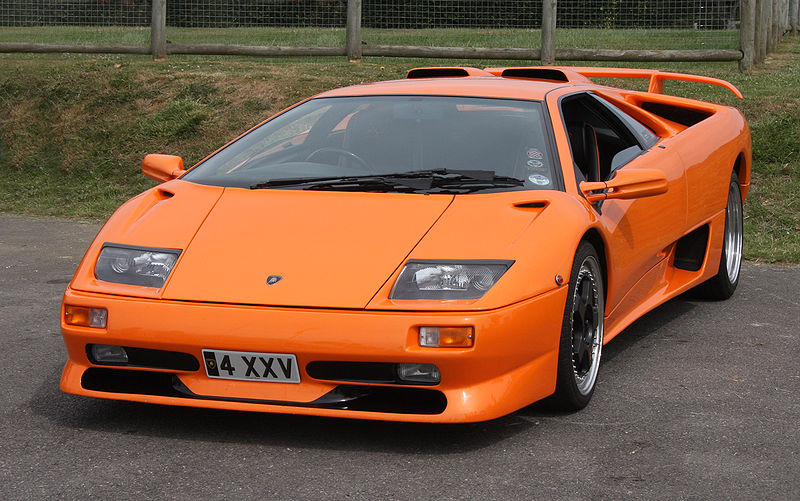

Something fishy at the Petersen, where Jaguars are on the prowl
Did you know that the 1928 fishing season was a disaster in Massachusetts and residents blamed the state’s Dept. of Motor Vehicles?
Turns out that in 1928, the DMV added a fish symbol to the state’s auto license plates, but the fish was pointed away from the word “Mass.”
After the anglers’ uproar, the person who designed that 1928 plate was fired and the following year the fish pointed toward the state’s name and the fishing industry prospered.
Such tales are part of the new “License Plates: Unlocking the Code” exhibit that runs through March 30, 2014 at the Petersen Automotive Museum.
Officially, the exhibit celebrates the centennial of the first State of California license plate, but it includes plates from across the country and around the world. (As early as 1909, the Automobile Club of Southern California and the American Automobile Association produced license plates for California drivers, with the state taking over the business in 1914.)
By the way, did you know that until 1972, each Argentine province had its own unique plate design, and those from the Neuguen region featured a water fall and were hand painted?
“There really is educational value to each plate in this display,” said Jeff Minard, a license plate historian who worked with the museum on the display. “At the same time, time, these unique pieces are displayed as art for everyone to enjoy.”
Also new to the Petersen — opening last weekend and running through February 16, 2014, is a special Jaguar sports car exhibit that showcases a 1937 SS100 formerly owned by entertainer Mel Torme, a 1949 XK120 used in the movie Gangster Squad, a 1956 XKSS formerly owned by Steve McQueen, a 1965 E-Type used in the television show Mad Men, and a 2014 F-type V8 S.